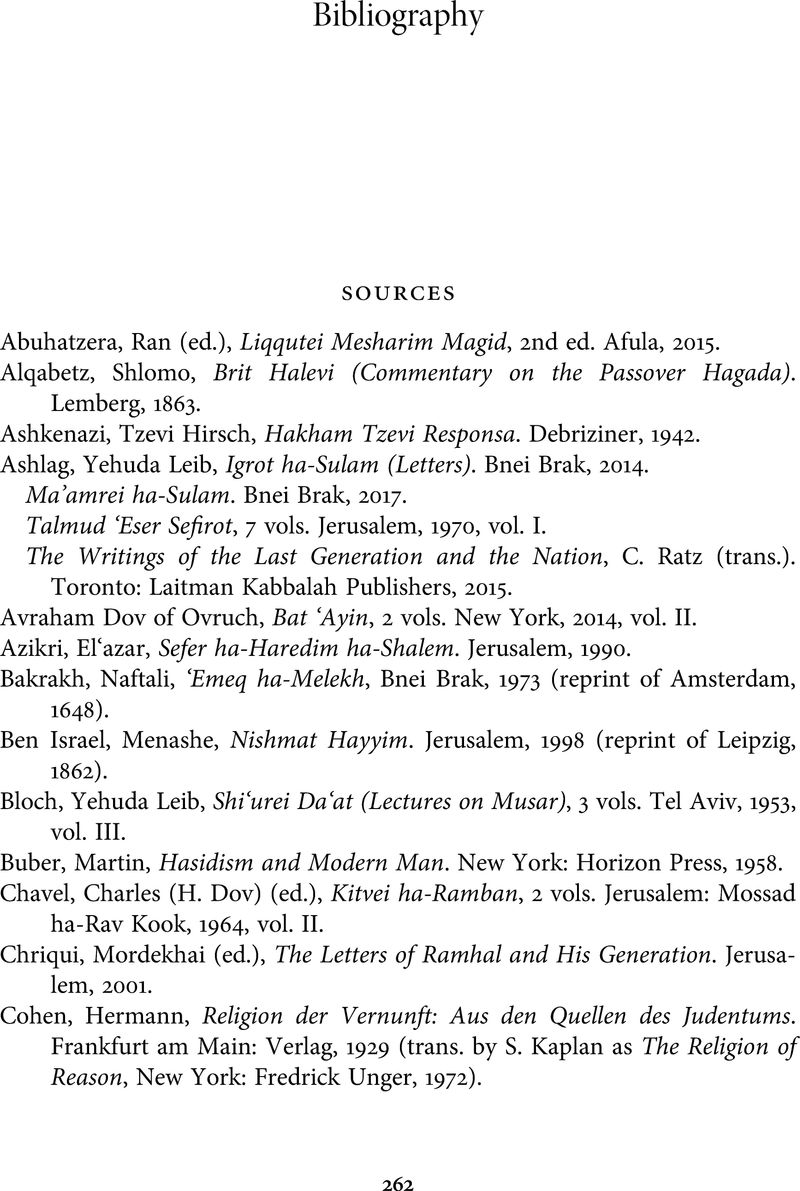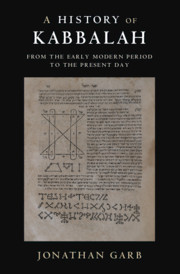Book contents
- A History of Kabbalah
- A History of Kabbalah
- Copyright page
- Dedication
- Contents
- Figures
- Acknowledgments
- Introduction
- 1 Premodern and Modern Kabbalah
- 2 The Safedian Revolution of the Sixteenth Century
- 3 The Kabbalistic Crisis of the Seventeenth Century
- 4 Canonization
- 5 Beginnings of Globalization
- 6 Destruction and Triumph
- 7 Recurrent Themes
- Appendix Timeline
- Glossary
- Bibliography
- Index
- References
Bibliography
Published online by Cambridge University Press: 02 July 2020
- A History of Kabbalah
- A History of Kabbalah
- Copyright page
- Dedication
- Contents
- Figures
- Acknowledgments
- Introduction
- 1 Premodern and Modern Kabbalah
- 2 The Safedian Revolution of the Sixteenth Century
- 3 The Kabbalistic Crisis of the Seventeenth Century
- 4 Canonization
- 5 Beginnings of Globalization
- 6 Destruction and Triumph
- 7 Recurrent Themes
- Appendix Timeline
- Glossary
- Bibliography
- Index
- References
Summary

- Type
- Chapter
- Information
- A History of KabbalahFrom the Early Modern Period to the Present Day, pp. 262 - 308Publisher: Cambridge University PressPrint publication year: 2020

